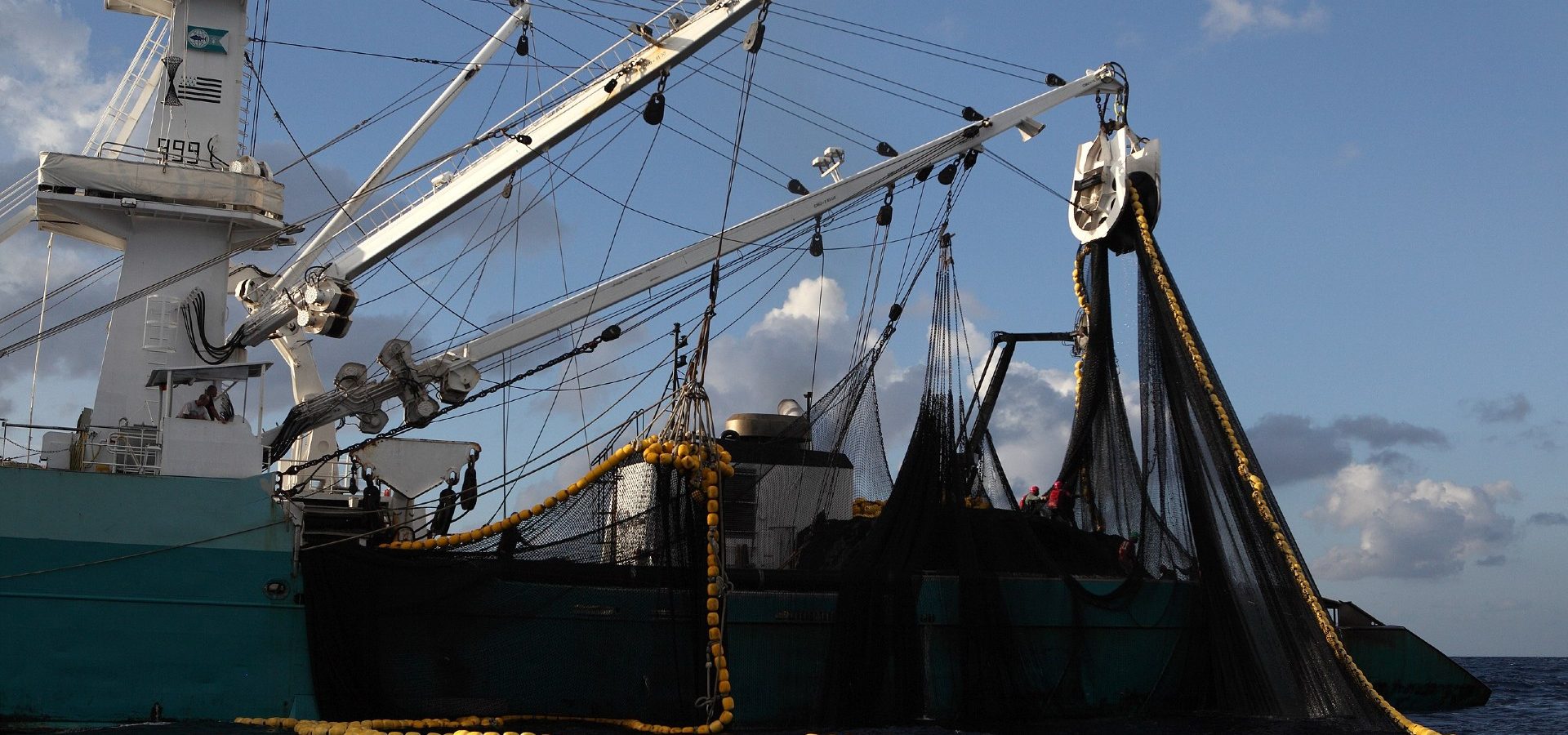Many scientists are of the opinion that by 2050, there could be more plastic than fishes in the ocean. Now that’s a dystopia we really do not want to come true. But is it happening because we are sending more plastic into the ocean or fishing more (way more!) than we require? In reality, it is a combination of both, but we are going to discuss the latter issue here: overfishing.
Palaeontologists believe the oceans are where complex life first emerged. Oceans are self-sustaining and self-supporting systems, and for many oceanographers who indulge in deep sea exploration, it is akin to a parallel realm. Despite being so vast, the oceans are not exempt from anthropogenic activities. Among them, overfishing is the biggest danger.
World over, there are millions of people who consume seafood and thousands who belong to the coastal fishing communities. Therefore a huge population is dependent on these invaluable marine resources. As long as these were restricted to smaller, local communities who caught fish without taking too much from the seas, the practice was sustainable. But in the West, as commercialisation of fishing spread and industrial fishing took over, these practices became destructive and detrimental to the health of the oceans. As shown in the famous exposé ‘Seapiracy’ (2021), overexploitation of the world’s oceans for fish can have drastic and negative ecological impacts on the ocean’s health and its resources.
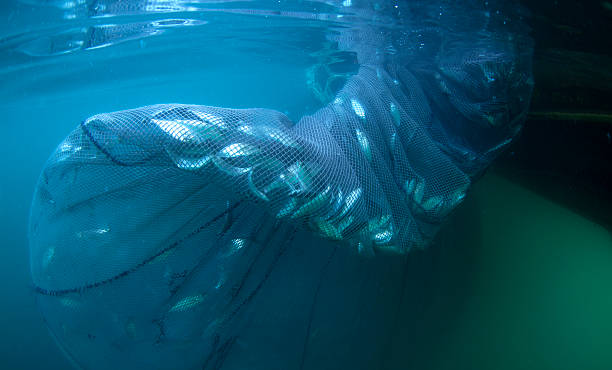
When a company or vessel is overfishing, they are removing more individuals than the rate at which the fish can recover their population. Loss in marine biodiversity negatively affects an ecosystem of a particular region that can spiral into a domino. For instance, the removal of top predators such as tuna and sharks in many parts of the Pacific Ocean has left a large population of its prey species at the lower levels of the food chain to flourish. This can be potentially harmful to marine vegetation.
In a bid to match the maddening global demand for seafood (an estimated 3 billion people are dependent on seafood as their primary protein source), the industrial fishing industry indulges in destructive fishing practices like the use of towed gears such as bottom trawlers and dredgers. They not only destroy seafloor habitats like seagrass meadows, coral reefs and algal beds, but also disturb valuable ecosystems. The use of trawls also leads to the problem of bycatch, where other unintended species of fishes get caught in the nets. This practice removes a significant population that might have been food for other species.
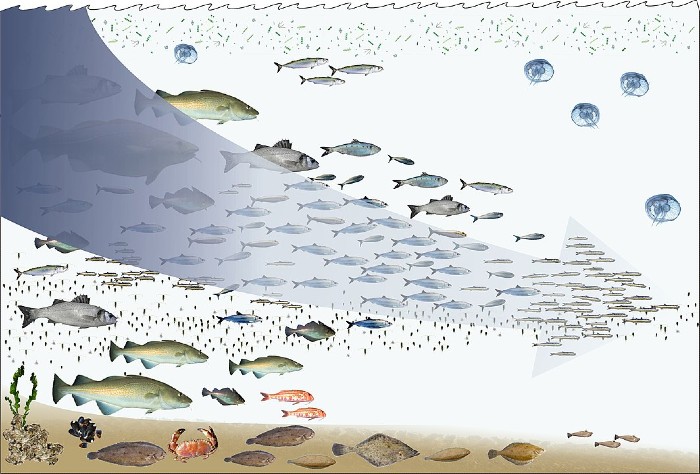
Overfishing can arise from multiple reasons, some of which include unreported fishing that is nearly impossible to track, vastly unprotected areas, insufficient monitoring of industrial fishing fleets and lack of knowledge about fish species and their population ecology. Most of the world’s high seas are unprotected – roughly 8.16% of oceans have been declared protected areas. The vastness of the oceans aggravates the problem of the already lacking human resources to monitor the open waters. This leads to lack of oversight in almost every part of the globe, and illegal fishing practices and methods can go unchecked as a result of that.
Overfishing threatens the livelihood of local fishermen and also results in bycatch, both of which lead to huge financial as well as natural losses. The ramifications reverberate all across the world and some of the regions more impacted than others include the East African coast, the Arctic, the Coral Triangle on the Pacific Ocean covering the waters off the coasts of Indonesia, Malaysia, the Philippines, Papua New Guinea, Timor Leste and Solomon Islands, Gulf of California, southern Chile and the Galapagos Island.
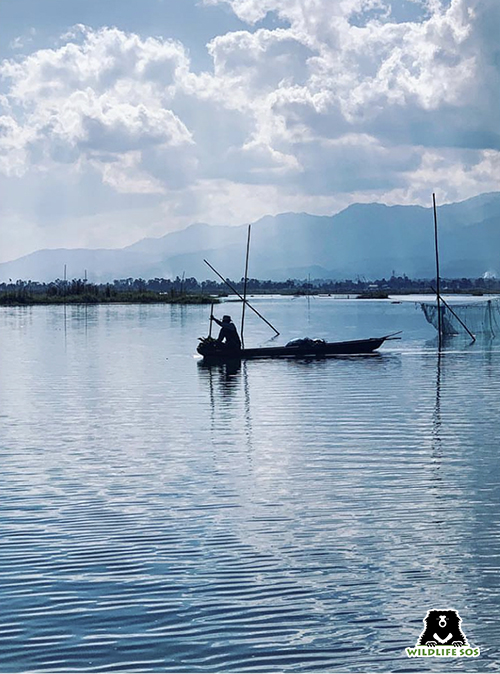
Overfishing has another major negative impact on the marine environment in the form of ghost gears. Ghost gears are fishing gear that are discarded into the oceans by the industrial fishing industry. Since most of the gears are essentially plastic, they constitute over 10% of all marine plastic waste. In India, a huge portion of these gears are fishing nets, which when dumped and abandoned irresponsibly, can choke marine mammals and reptiles such as whales, dolphins and turtles. Fishes get caught and die in the process, thereby attracting scavengers, who then fall victim to the same nets. Conservation organisation Greenpeace estimates that 6.4 lakh tonnes of fishing gear are discarded in the oceans annually.
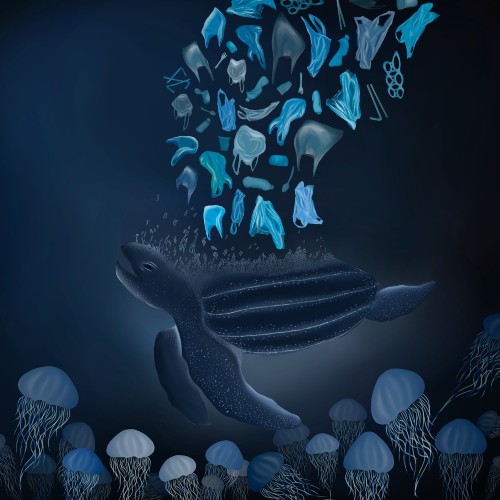
If not removed, the ghost fishing gear can kill marine animals in an indiscriminate manner, affecting faunal diversity adversely. According to a Wildlife Institute of India study, the Three-striped roofed turtle, Ganges river dolphin, Northern river terrapin, Black-spotted turtle and Smooth-coated otter were found to be most vulnerable to the deadly grasp of these fishing nets or gears in the Ganga river.
In order to protect underwater habitats and aquatic biodiversity, it is imperative to create more Marine Protected Areas (MPAs). This will monitor fisheries and prevent illegal practices, consequently allowing fish populations to recover with habitat conservation. With more MPAs, more green jobs will be created. In India, there are 129 MPAs, including four National Parks, three biosphere reserves and 67 marine wildlife sanctuaries. While India has done well in creating protected areas, we still have to make sure that these MPAs are well-monitored through methodical conservation practices.
According to the UN’s World Database on Protected Areas, nearly 18,000 MPAs protect more than 27 million square kilometres of ocean. Despite such a large number, the area under protection is nearly the size of the North American continent. So establishing more MPAs, as well as stringent monitoring of the existing ones are required, so that overfishing is contained and no one can get away with impunity.

